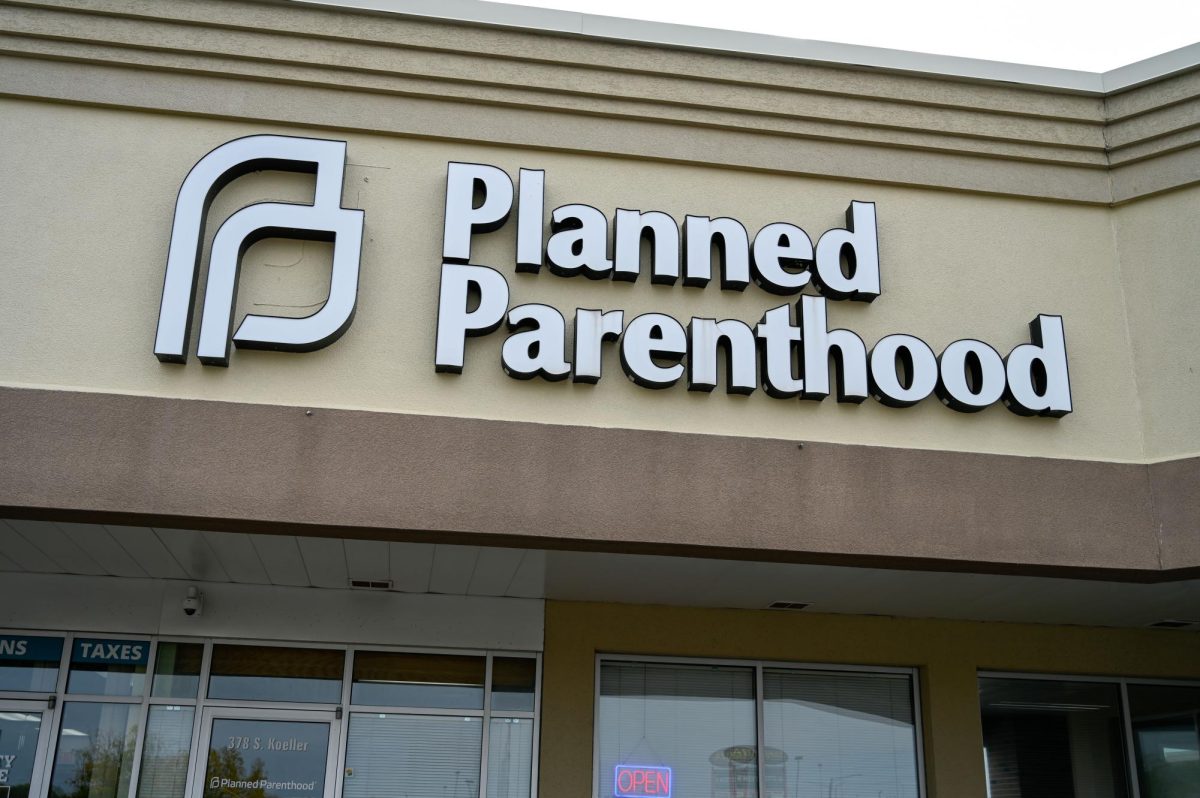UW Oshkosh faces an $18 million deficit, with employees forced to take up to 11 days of furlough while they await word on if they will be one of the 200 people to be laid off.
However, UWO is not the only campus to face these challenges, created in part by declining enrollment and Republican lawmakers who voted in June to cut the System’s budget by $32 million because of anger over diversity, equity and inclusion programs.
The response throughout the UW System has been varied and is leaving many with questions.
At UW-River Falls, professor of American politics and public policy Neil Kraus said it is unclear how the system has determined the amount of the deficit.
“What I’m trying to find out is how exactly the structural deficit is being measured or determined,” he said. “The UW System has not been forthcoming about basic facts. How did they arrive at the figures that were published early in the summer for each campus?”
Kraus said that recent conversation regarding educational funding isn’t new and that since the tuition freeze, there have been structural deficits.
“Why is this a pressing issue now?” he asked. “The UW System has admitted that campuses have had what are being called structural deficits since the tuition freeze [in 2013-14.] … The UW System published numbers for all the campuses early in the summer, before the final state budget was determined.”
He said that the announcements come at an inconvenient time when people are able to criticize the UW System without acknowledging the state surplus.
“That was a disaster for the UW System politically,” he said. “It gave miles of political space to those who wanted to implement a budget cut for the UW when the state had a historic surplus.”
Kraus said that he thinks people should be interested in how deficits are determined and the motives behind revealing them.
“What I encourage people to find out is how these numbers are found,” he said. “On our [UWRF] campus, we have two numbers of deficit: $2 million and $2.9 million. … Essentially what was being given are bottom line numbers. We need to know how these numbers were determined and why they are being brought forward now in the light of surplus.”
In comparison to UWO, Kraus said that no response has been set in stone at UWRF beyond a hiring freeze.
“Right now, faculty are beat down and demoralized,” he said. “The Faculty Senate and others are trying to change that. Unlike UWO, nothing has been made official here other than a freeze on hiring; that has been the only response made official. We’ll have to see what proposals are being offered.”
He said that in the end, students will pay the price for poor budget allocations.
“Students will ultimately pay the price — fewer classes, bigger classes and less contact with faculty,” he said. “Ultimately higher education is a lot more expensive than it should be.”
Kraus said that in the face of these budget crises, students and faculty need to be aware of how money is being spent and whether it builds relationships necessary for the education process.
“Folks at Oshkosh could ask, ‘Since all these faculty positions are on the table, are software purchases on the table?’” he said. “We spend an inordinate amount of money on software, but education is about relationships, which technology and software cannot provide.”
Associate professor of democracy and justice studies Jon Shelton of UW-Green Bay said that he’s unsure about the route UWGB administration will take; however, furloughs seem to be a likely solution.
“For now [it] is unclear how the deficit will be managed,” he said. “No one from the administration is talking about furloughs or layoffs. … I think furloughs are more likely.”
A solution that UWGB plans to enact is the removal of programs, which Shelton said, in effect, will result in fewer routes for students and reduced staff positions.
“The conversation on our campus is about the program array, the numbers of majors and minors available,” he said. “What the administration has said is that over the year there will be efforts to eliminate majors and minors and to collapse majors into minors … offering fewer academic programs to students, meaning less staffing.”
He said that this has caused concern on campus and has caused fears that have expanded to the student body.
“We had an art management major that we lost before — it became a minor,” he said. “That program is no longer available and it goes against the nature of a regional comprehensive campus, having a wide array of academic programs. The tenor on campus is that people are nervous and concerned about their future.”
Shelton said that when regional comprehensive campuses fail to offer diverse course loads, they fail students who haven’t found their niche, which liberal arts colleges typically excel at introducing to their students.
“Narrowing the curriculum reduces possibilities for students,” he said. “One of the things that’s magical about the university experience is that students come to campus not knowing what to do … when they find out about the different courses or programs offered, that exposure leads them to discover they are interested in something.”
Shelton said that opportunities of wide course loads should not be exclusive to those who attend larger universities and that students who attend these regional comprehensive campuses need greater support.
“When you take away those possibilities in regional comprehensives, it says ‘first year students deserve less of those opportunities than those who go to UW-Madison,’” he said. “You take away opportunities from those who need those wider options. It’s tragic that the legislature has put the regional comprehensives in that position.”
The UW System reported on Sept. 14 that overall enrollment increased this fall compared to the previous year for the first time since 2014.
Based on preliminary estimates based on the first day of classes, total enrollment at the UW-Madison and branch campuses grew by 540 students to a total of 161,322.
The largest percentage growth was 3.4% at UW-Whitewater, while the steepest drop was 3.5% at UW-Stout. Enrollment at Oshkosh decreased by 1.7%.









